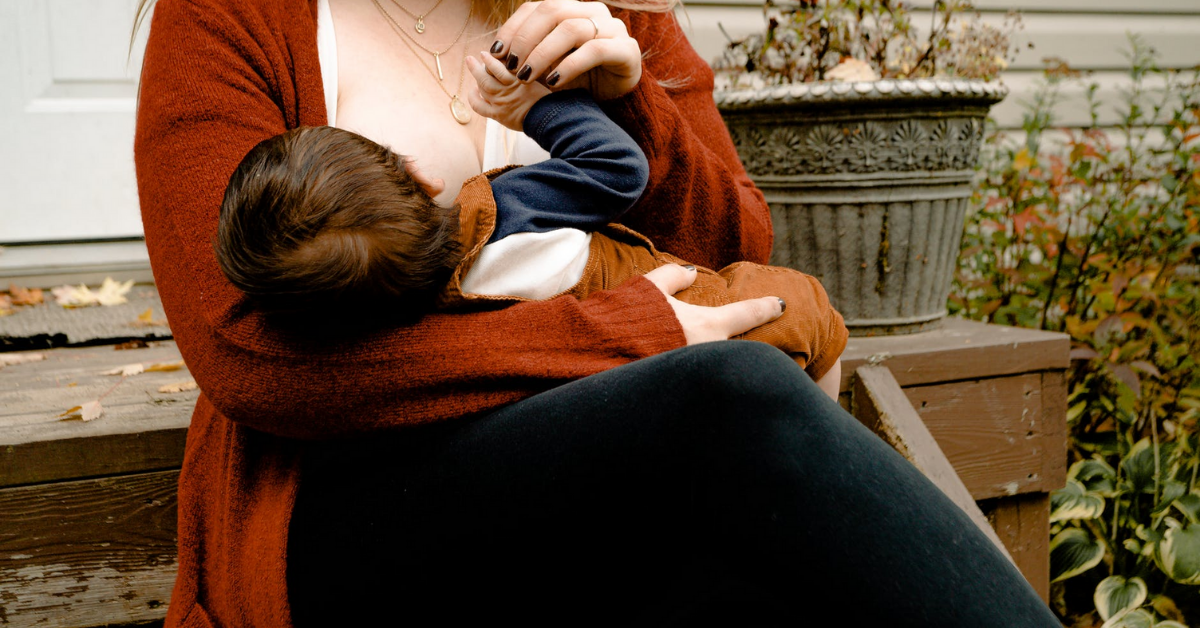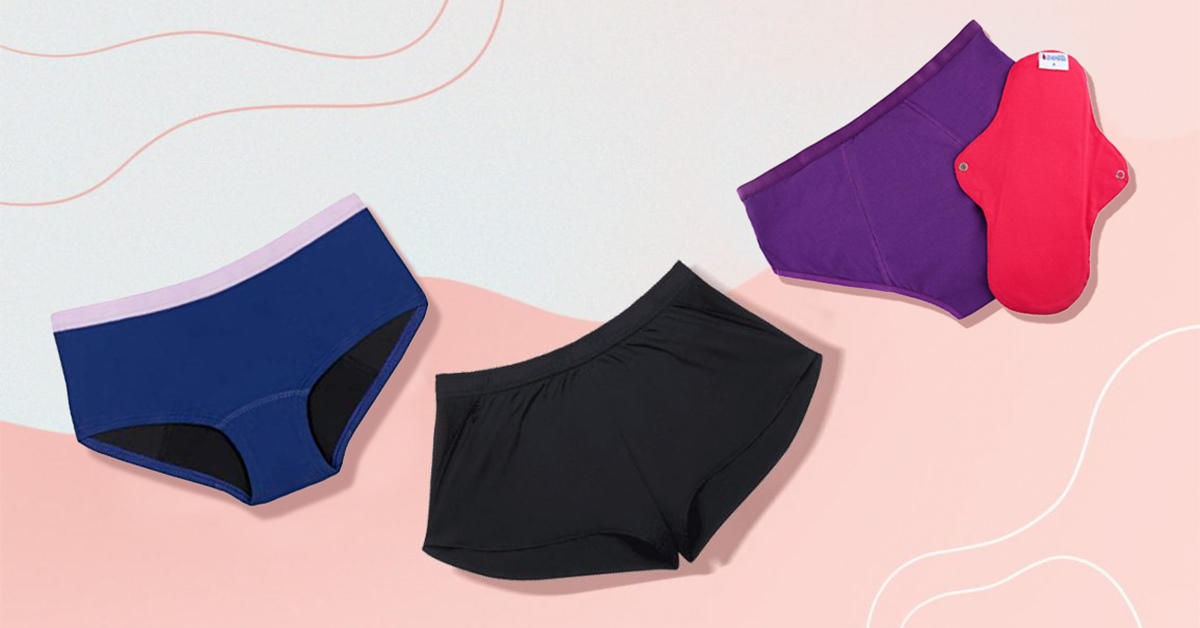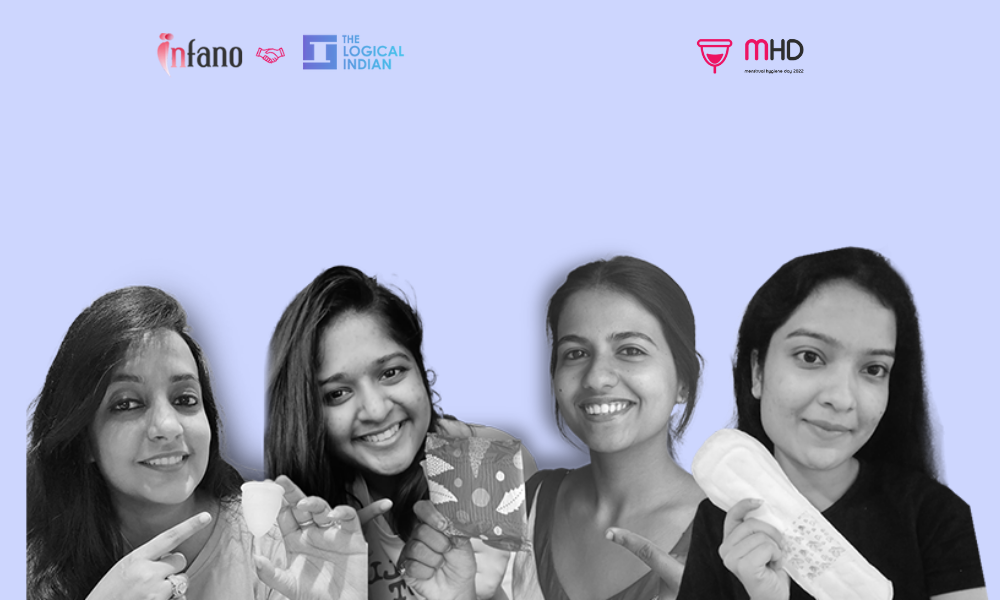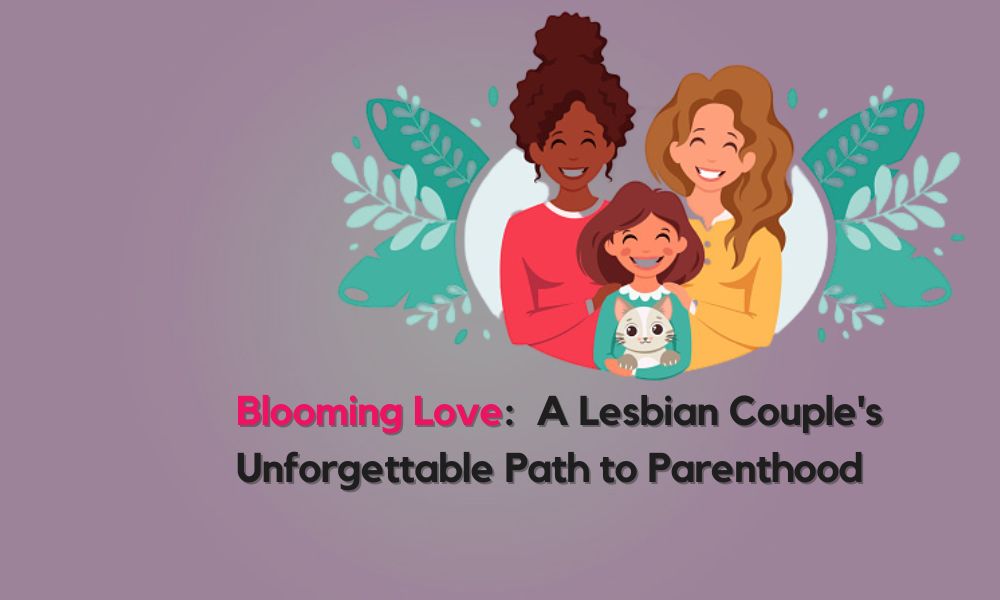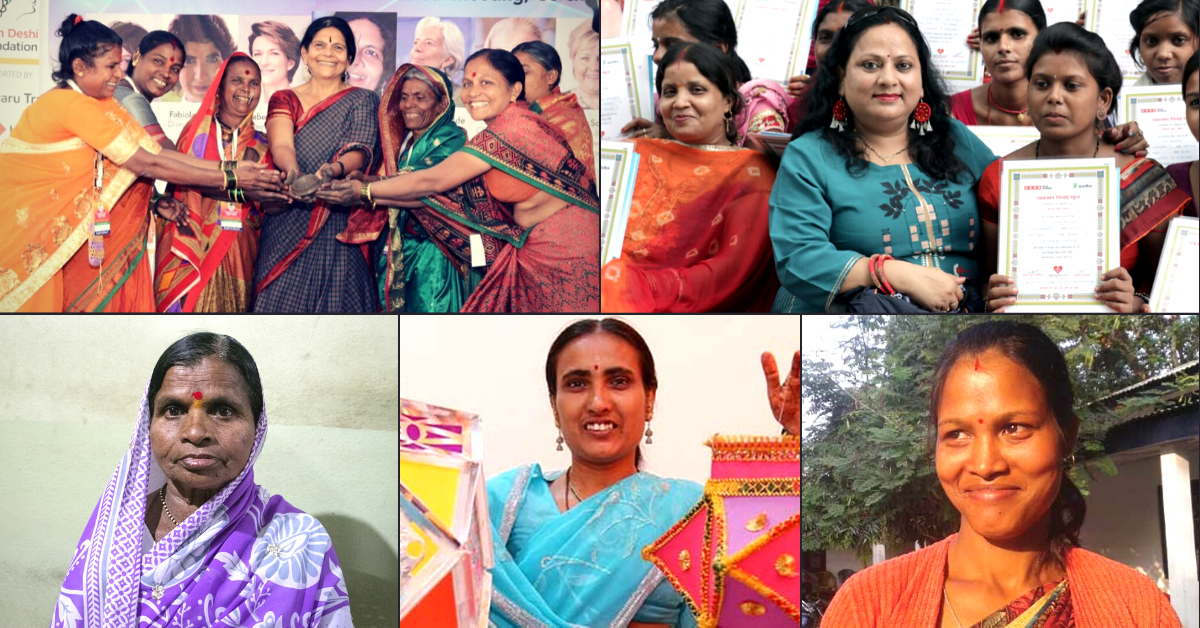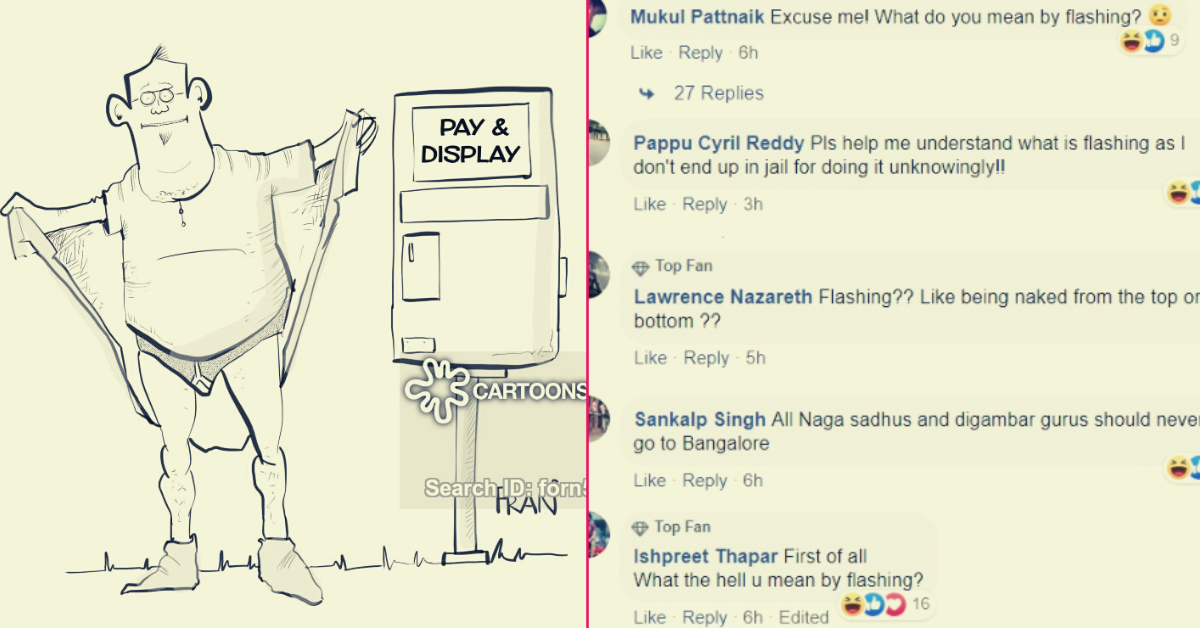“Next station is Rajiv Chowk. Change here for the blue line. Doors will open on the right. Please mind the gap.”
It was during one of my morning metro rides. As soon as the door of the metro closed, a woman came running from the general coach. She seemed in a hurry. But more than her swing of motion toward the moving train, what caught everyone’s attention was her little baby draped in her dupatta crying his throat out.

She came to the women’s coach and sat next to me. And started breastfeeding her child instantaneously. The crying voice ceased just seconds after. Well, she answered the unasked questions pointed to her with many women gazing at her. She said, “I felt uncomfortable there” and smiled.
Breastfeeding In Public Is Uncomfortable
She felt uncomfortable about doing nothing more than feeding her baby.
Uncomfortable, embarrassed, vulnerable! Breastfeeding in public is a barrier to breastfeeding in general. But why is it a site of objectification? How society perceives the act of breastfeeding is a question of concern.
The Infant and Young Child Feeding Guidelines 2016 (IYCFG, drafted by the Indian Academy of Pediatrics (Indian Pediatrics 2016) states:
“Nursing in Public (NIP): Mothers should feel comfortable to nurse in public. All efforts should be taken to remove hurdles impeding breastfeeding in public places. Special areas/rooms shall be identified/ constructed or established in places like bus stands, railway stations, airports, etc.”
Public places are immensely crowded, with people pushing each other, being stared at, and harassed. This ordeal doesn’t have much comfort to offer. In addition, it is rare to find nursing rooms in public spaces where a woman can breastfeed her child without the stares of objectification.
From a woman being mocked by a fellow employee in Kolkata for breastfeeding her child in the office to a magazine receiving flak for featuring a model posing like she was breastfeeding – it is unfortunate and illogically unsettling how so many people still consider breastfeeding a stigma and view the process as mere sexualization, exclusive for gaze.
There are no laws in India that prohibit breastfeeding in public. However, the environment is not conducive to a breastfeeding mother either in a metro or at the workplace?
This raises concerns about the social conditioning and unavailability of proper infrastructure in public spaces, including malls, metro stations, railway stations, bus terminals, airports for breastfeeding mothers.
The World Health Organization recommends exclusive breastfeeding for the first six months. The WHO also states within its guidelines:

Men Stare, So Do Women
The scorn of society is not the sole reason for the barrier in breastfeeding in public spaces. Lack of hygiene, no facilities of nursing rooms are among the other reasons which make the environment far from encouraging to protect the right of a child to be breastfed irrespective of where they are.
Michelle Branch, an American singer, recently took to her social media after getting flak by another mother for breastfeeding in public. Branch wrote, “I am in shock that this kind of judgment was coming from a fellow mom!”
Well, it is ironic that you’ll find a smoking room around different public spaces, but rarely you would find a nursing room to breastfeed a child.
The concerning thing is the fact, in 2022, women aren’t able to enjoy the freedom to breastfeed in peace. The possibility of being stared at, photographed, and harassed grips the basic fact of life.
According to the survey conducted by Mompresso.com, a user-generated platform for Moms, 93% of lactating mothers feel uncomfortable in public because of a lack of breastfeeding facilities.
No Space For Breastfeeding In Public
Shaili (name changed), a resident of Delhi, says, “I felt extremely uncomfortable breastfeeding in public during the first few months. I was directed to the washroom. We wouldn’t want to eat in a freaking public toilet, so why do many think it’s okay to tell a mother to breastfeed their child in a stinking toilet where they themselves wouldn’t eat?”

Pallavee, an IT professional with a leading firm in Gurugram, says, “I have breastfed my child in public parks, toilets, malls, restaurants, and trains. I was nervous when I had to nurse in public, surrounded by glares. I will never understand why breastfeeding in public is shamed upon. There are no places where I can breastfeed peacefully. I gotta feed my baby.”
“I do not attract anyone’s gaze while I breastfeed my child,” said one respondent.
As of now, there is no law in the country which mandates public spaces to have lactation rooms. If metro stations had a nursing room, we, as a society, normalize breastfeeding and not stare when a woman breast-feeds. It could have enabled that lady on the train and many more like her to take care of her infant without panicking and rushing to avoid the stares of objectification.
We need society and laws to build a more empowering and accessible environment for lactating mothers and build necessary infrastructure which is clean and safe for a mother to breastfeed their child.
Let’s Support Nursing Mothers!
Larissa Waters, an Australian MP, made international headlines in 2017 when she breastfed her 14-week-old baby while addressing the nation’s parliament. Her gesture is a clear representation of how rarely there have been talks about breastfeeding in public.

Source: YouTube screengrab
Babies need to be fed. Let’s be more empathetic and make it better for them without making them feel unnerved. The feeling of humankind should incite compassion and not oppose or associate accusations of indecency with breastfeeding.
Instead of misogynistic attempts to shame the natural act of feeding babies, let’s ensure to normalize the gaze with which the society views the act of breastfeeding and work on providing well maintained accessible for all spaces, free from intrusion at workplaces, malls, metro stations, railway stations and other public spaces for women to nurse their children without the fear of public glare.
Let’s ensure no lactating mother gets directed towards the toilet to feed their babies. Let’s not objectify a mother’s choice – the next time!
Also Read: Placenta: The Life Supporting Organ

